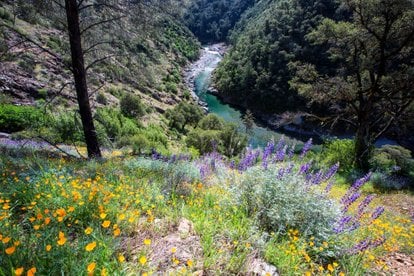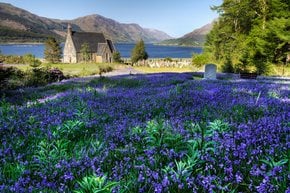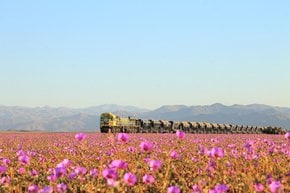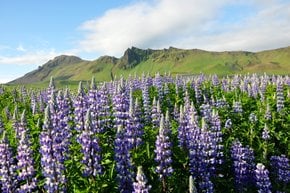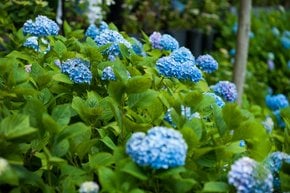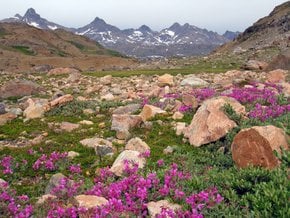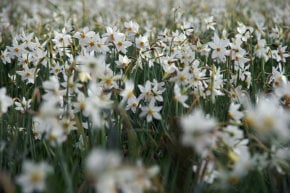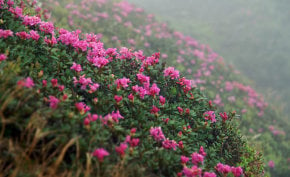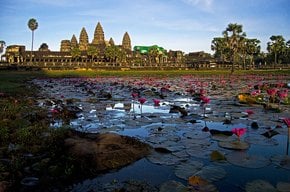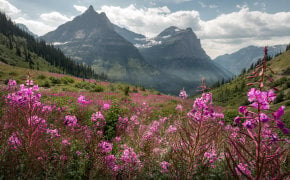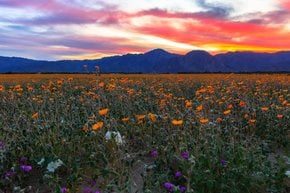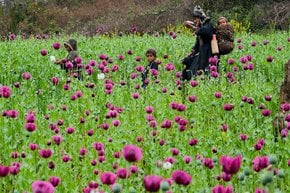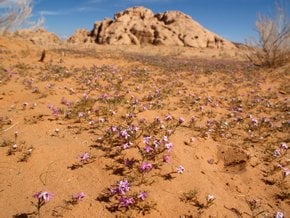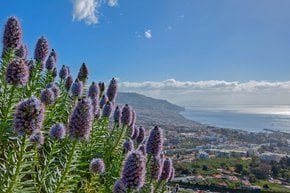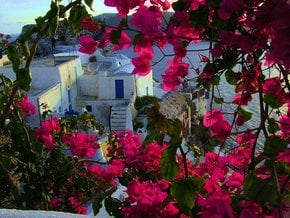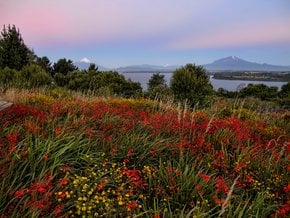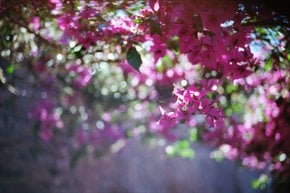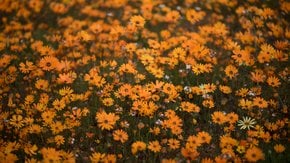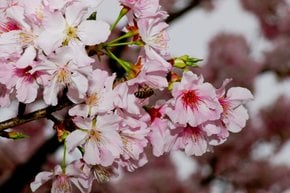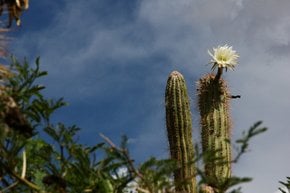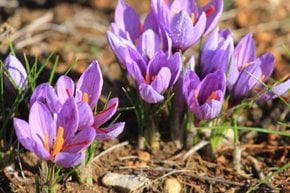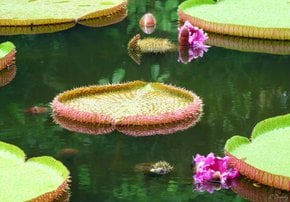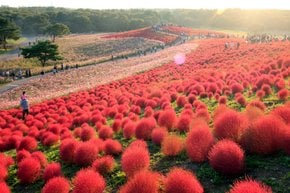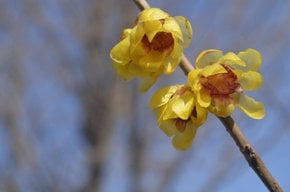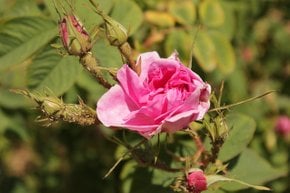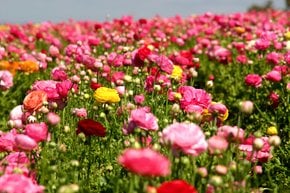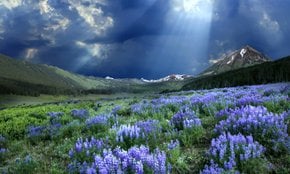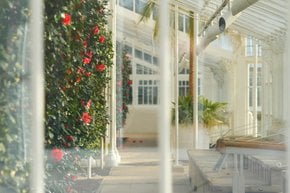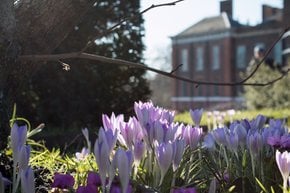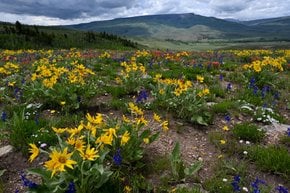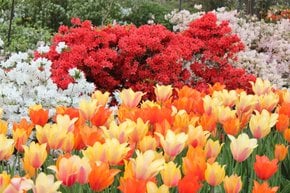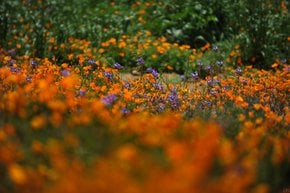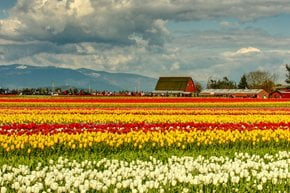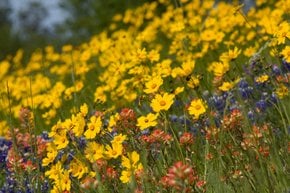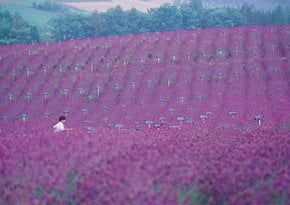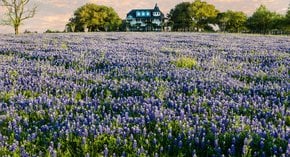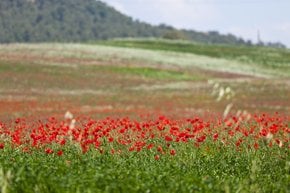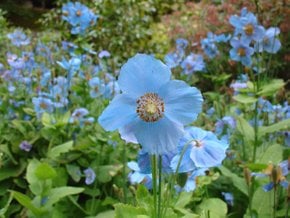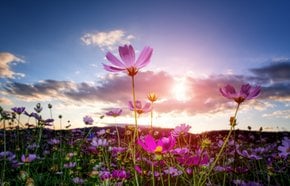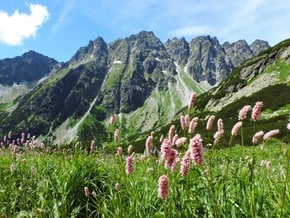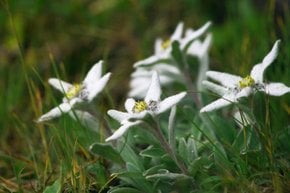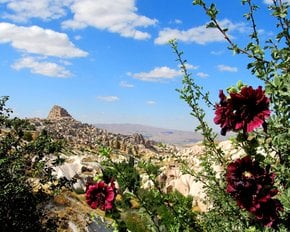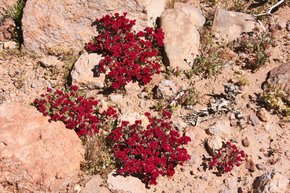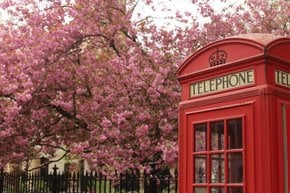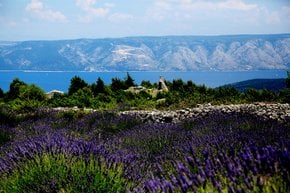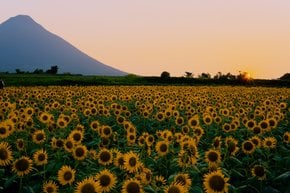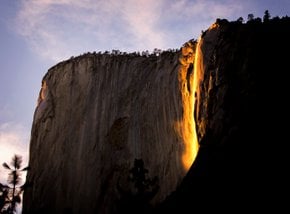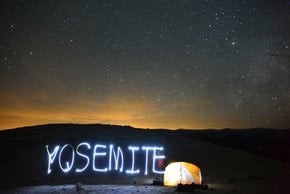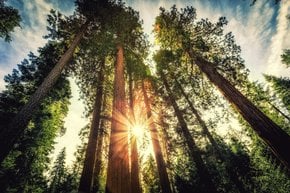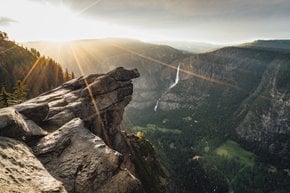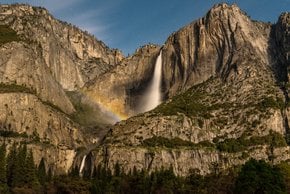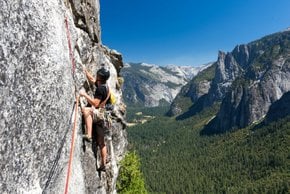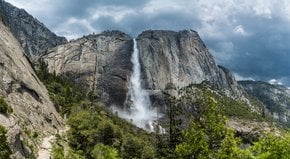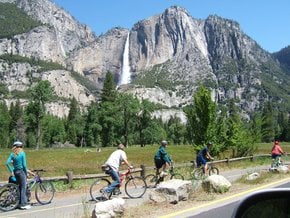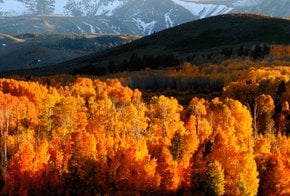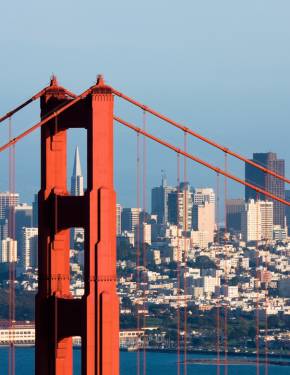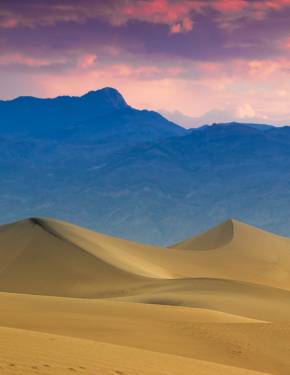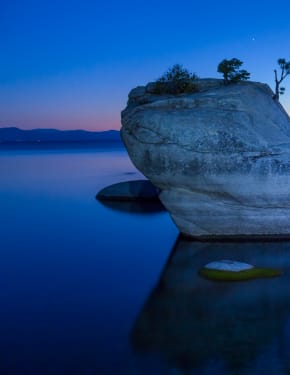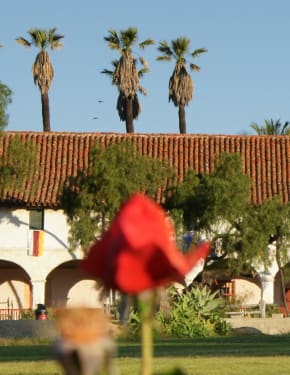Wildflowers of Yosemite 2026
Yosemite is a paradise for wildflower enthusiasts
Best time: March–August
The Yosemite area offers a phenomenal variety of wildflowers, including some of the rarest varieties around. It is home to both native California plants and species that have migrated from the Pacific coast, the Great Basin, southern deserts, and northern mountains.
Wildflower Season in Yosemite National Park
The wildflower blossoming season runs from March until the end of August, but the months of May and June are the best time for the most spectacular wildflower show. The bloom starts in lower elevations in March, with vibrant tufted poppies and redbuds brightening the Merced River Canyon. By June, the display will move to higher elevations, showcasing unique flora like the striking red snow plant and mountain pride along Glacier Point Road. Each elevation offers its own colorful charm, making it an unforgettable time to explore the park.
Thanks to Yosemite’s varied elevation and terrain, you can see wildflowers in bloom in different parts of the park for nearly six months out of the year. In the lower elevations of the Sierra Nevada foothills, spring blossoms start as early as March. The higher elevations of the park become free of snow only in late June or July, and spring arrives there much later but brings one of the best wildflower shows.
Wildflower Species in Yosemite
The brightest species that you can see throughout the park include shooting stars, purple lupines, lilies, yellow monkeyflowers, paintbrushes, poppies (the California state flower), yellow fiddlenecks, redbuds, and columbines. Tufted poppies, spider lupines, pine violets, seep-spring monkeyflower, mountain pride, mousetail, and many other flowers can be spotted in this expansive park.
Hiking Trails with Wildflowers
Popular trails for wildflowers watching in the lower elevations are Cook’s Meadow Loop in Yosemite Valley, Wawona Meadow Loop in Wawona, Wapama Falls in Hetch Hetchy, as well as Soda Springs and Parson Lodge, Lyell Canyon, and Elizabeth Lake.
Trails in the higher elevations include McGurk Meadow, Taft Point, and Sentinel Dome, all along the Glacier Point Road, as well as Gaylor Lakes and Mono Pass, both starting near Tuolumne Meadows. Summer wildflowers can be spotted in Subalpine Meadows via several hiking trails, including Soda Springs, Lyell Canyon, and Parson Lodge, starting from Tuolumne Meadows.
If you venture out to the top of Yosemite National Park, you can spot alpine laurel, buttercups, Sierra butterweed, and fireweed can be seen in early July. The best trails to explore the highest elevations in early summer include Gaylor Lakes and Mono Pass.
Tickets & Hours
To enter Yosemite National Park, visitors are required to purchase tickets or admission passes. Standard pass costs $20 per person and $30-35 for vehicles. An annual pass to the park costs $70. Yosemite National Park is open all year-round.

